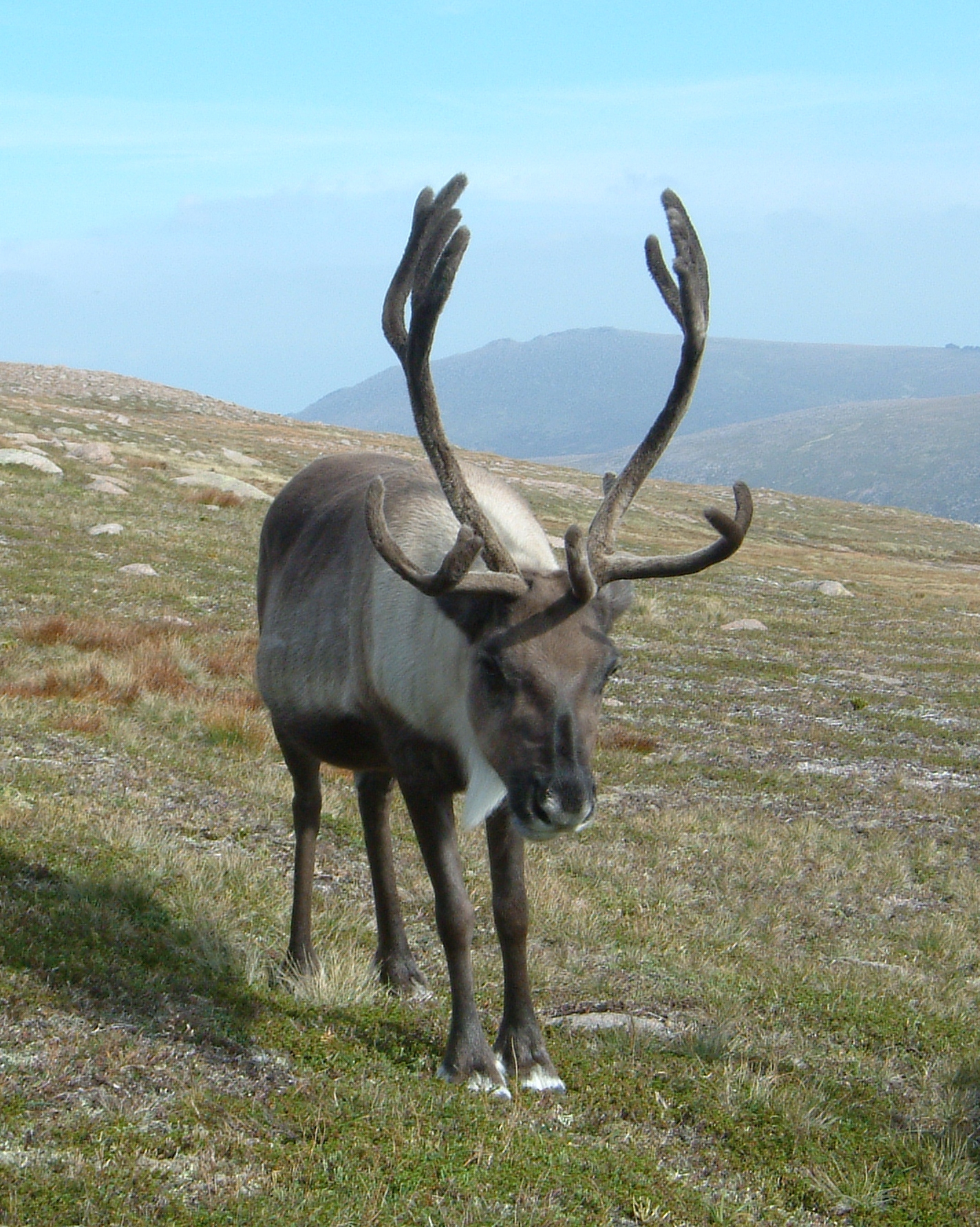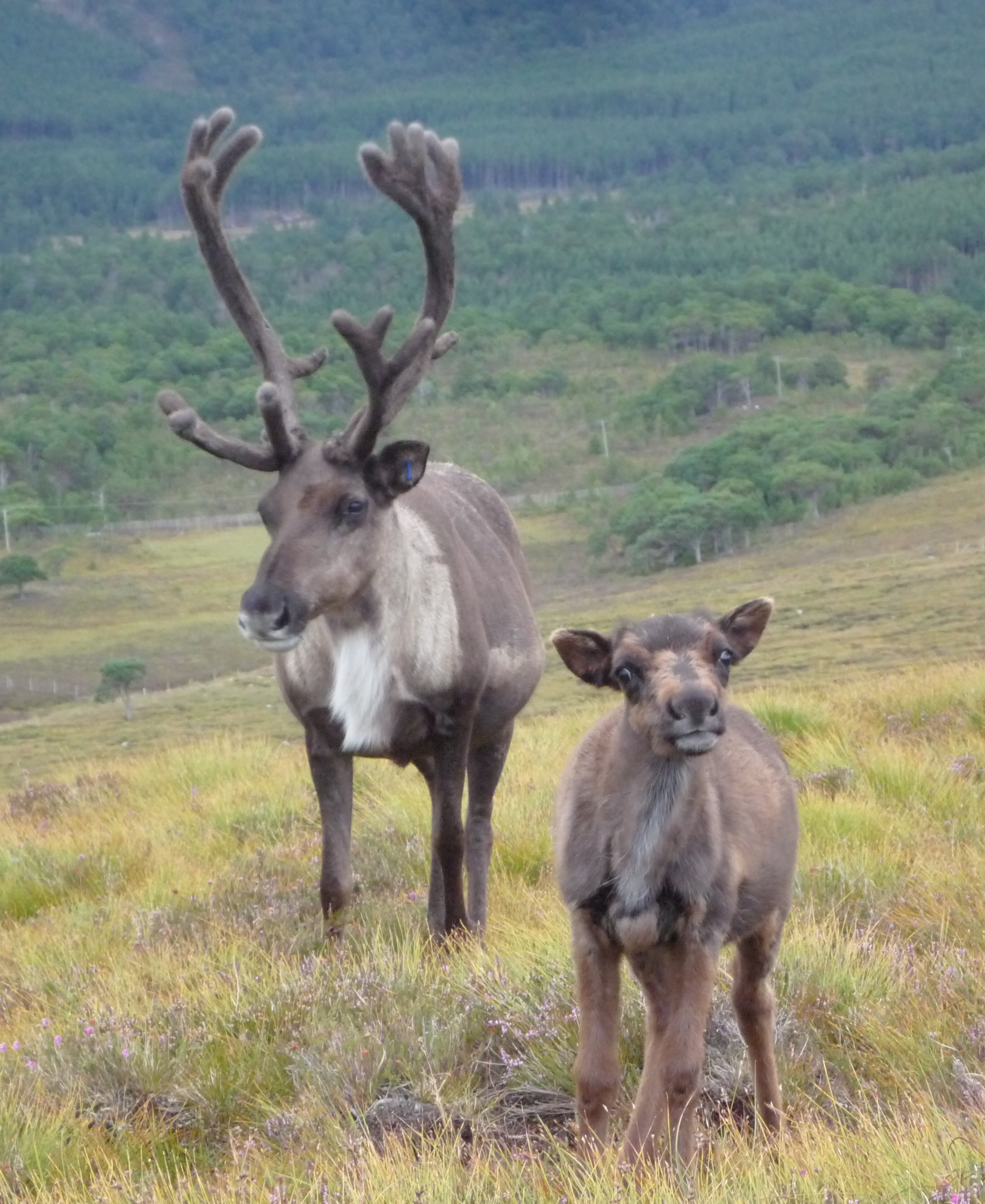A while back, I wrote a blog about how difficult it can be to locate calving reindeer within our hill enclosure (see previous blog). But with one reindeer, finding her is just the start of our problems.
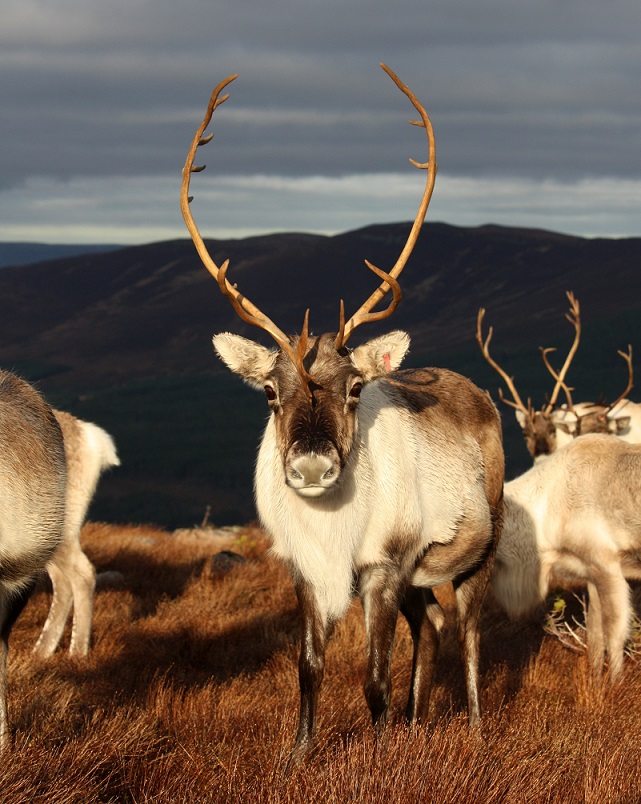
Spy is notoriously protective of her calves, at least for the first few days, and getting her from the main part of the enclosure where she has calved through the gate into the ‘bottom corridor’ (the area of our hill enclosure that we use as a nursery for the newborn calves) can be ‘entertaining’, to say the least. Most reindeer will lead their calf away from us if they can for the first two or three days, but that is the extent of their protective motherly instincts. After that the lure of food wins out, and they decide that actually, they probably can’t be bothered to march away, and that we’re no threat anyway. Some very tame (or greedy) reindeer just totally skip the avoidance phase and are completely blasé about us being around their calf, even if it’s literally just been born.
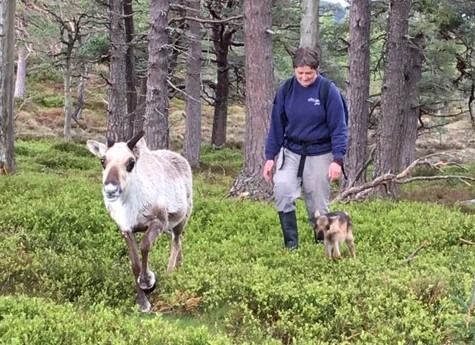
Spy? Spy’s instinct to protect goes into overdrive, to the point that we are all VERY wary of her for a couple of days. It would be fine if we could just leave her to get on with everything herself, but in reality we do need to get hold of the calf just once, to spray it’s naval with the antibiotic spray and to put some insect repellent on it’s back, and this has to be done when the calf is less than 24 hours old (otherwise it can run too fast to be caught). The first time that Spy calved in the hill enclosure I was the one who was first on the scene, and discovered that for the first time ever, I wasn’t going to be able to walk straight up to the little furry heap on the ground, despite the fact the calf was obviously not yet strong enough to stand up and run away. Whatever I tried, Spy constantly circled to keep herself directly between the calf and myself, and made it abundantly clear that should I persist, I would be the one coming off worst in the situation.
The only way to get hold of Spy’s calf is to get her through a gateway ahead of us, and then manage to get the gate shut behind her before the calf gets there. Thankfully newborn calves don’t understand fences or gates and will generally just blunder in a straight line towards mum and into the fence, sticking their wee heads and necks between the wires and wondering why their bodies don’t follow. At this point we can swoop in, catch the calf, sort out what we need to do as quickly as possible, and then post it through the gateway back to mum. That first year when Spy had calved, I returned to Reindeer House to announce that yes, she’d calved, yes it seemed fine and strong, but no, I had no idea what sex it was, and no, it was not yet in the nursery area. I think I was then off the following day, and by the time I returned to work Spy and calf were in the right place but Fiona had an epic tale of woe about the trials and tribulations this had involved.
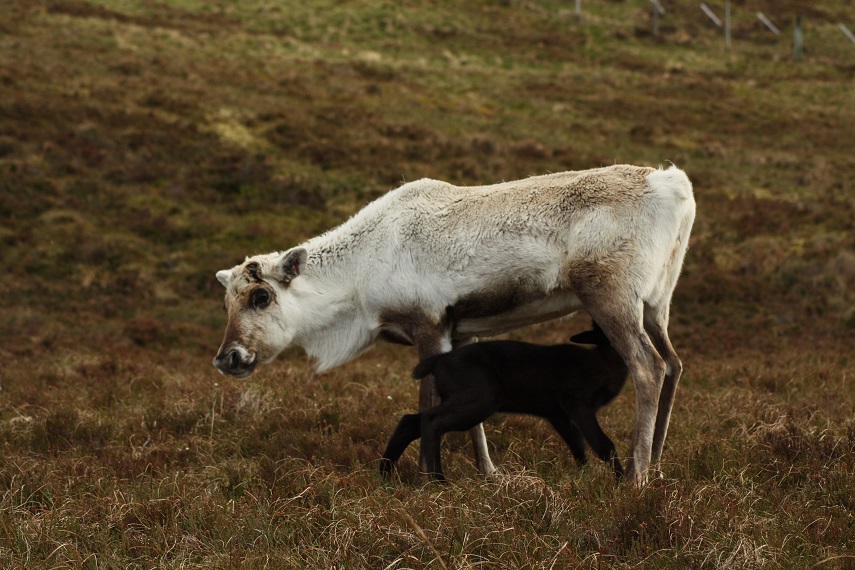
This year was the hardest yet, not helped by the fact that in 2020 Spy had grown her nicest set of antlers ever, tall, elegant but very, very pointy, and she still had one of them. A reindeer armed with 2’ tall spiky weapons on her head that she’s not afraid to use is considerably more daunting a prospect than a bald reindeer. We managed to gently push Spy all the way to the gate into the bottom corridor without issue, but getting her through the gateway itself took four of us about 30 minutes, with an awful lot of time spent in a total stand-off. Watching Fiona move gradually towards Spy, arms out trying to push her gently towards the gate whilst the rest of us hung back was like watching a lamb go to the slaughter. I wondered whether Fiona would remain unscathed, and to be honest it was a close run thing! All four of us closed around her in a semi-circle, tighter and tighter, but it was a delicate operation of continuously reading Spy’s body language and reacting to every movement and step. Quietness is needed in this sort of situation, there was no rushing or shouting or flapping of arms, until the sudden speed needed to get the gate shut once she finally went through. Catch the calf quickly, all hearts thumping quicker than usual, and a flood of relief! Calf sexed (male), antibiotic spray on naval, fly-spray on back, post through gate, and high-fives all round.
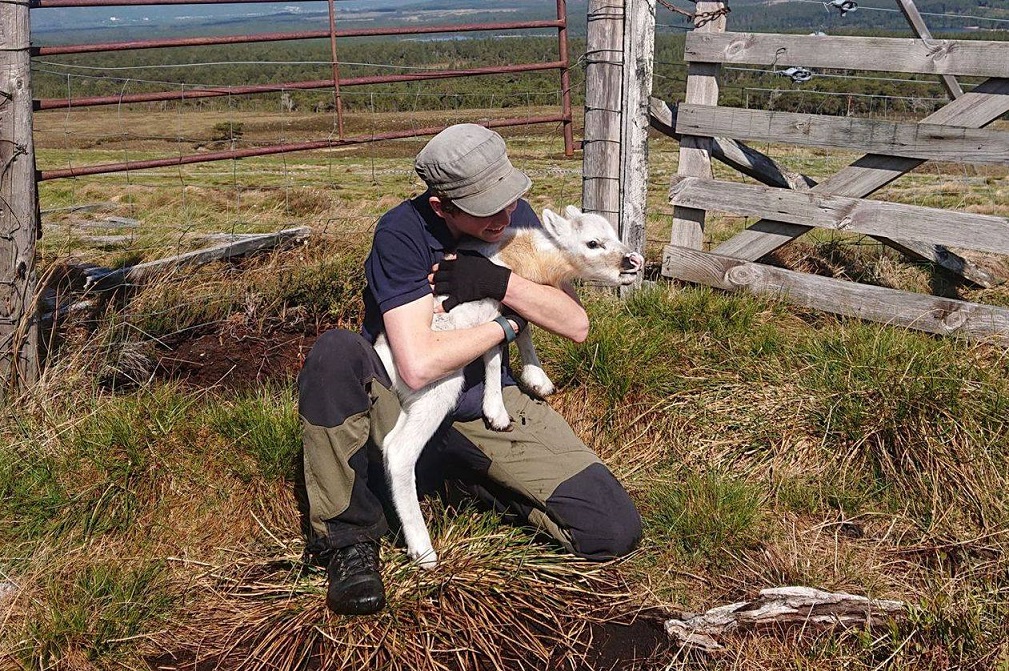
By two days later Spy had completely chilled out once again, knowing perfectly well that once she’s in the bottom corridor none of us are going to try and touch her calf, and was eating off the feed line with the rest of the mums as happy as larry. And then rest of us were also very happy to have survived another calving season involving Spy unscathed! She’s always a reindeer we treat with respect and never handle anyway, unless we have to, for 363 days of the year, but for those two other days she is a very different kettle of fish.
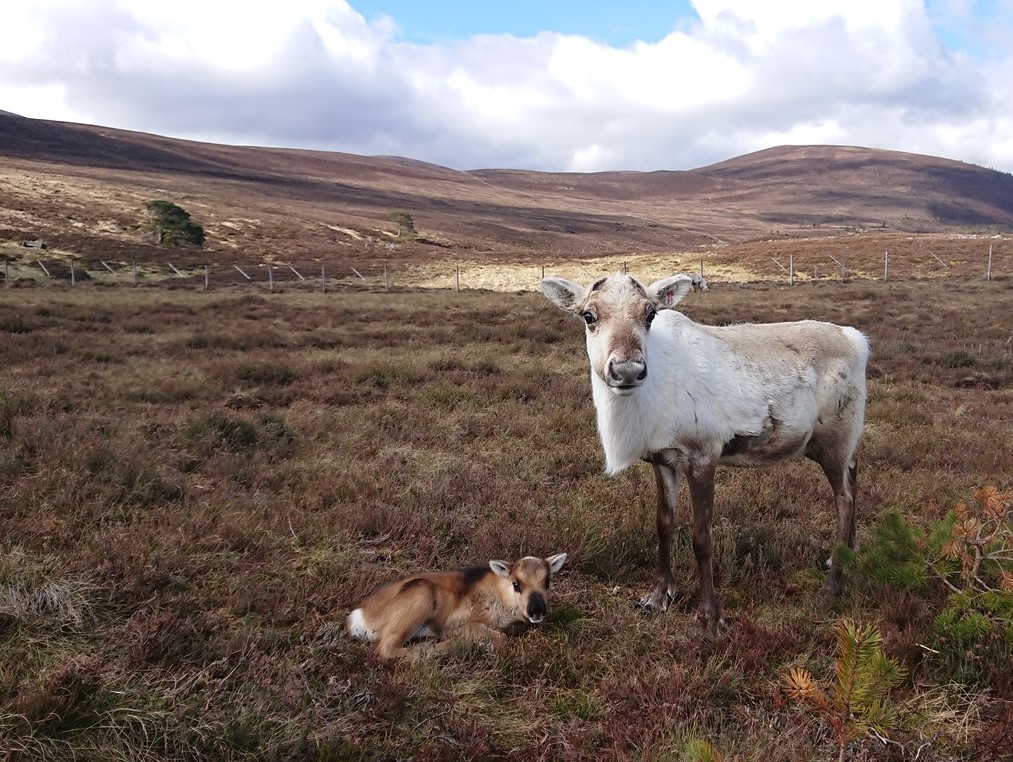
Hen

